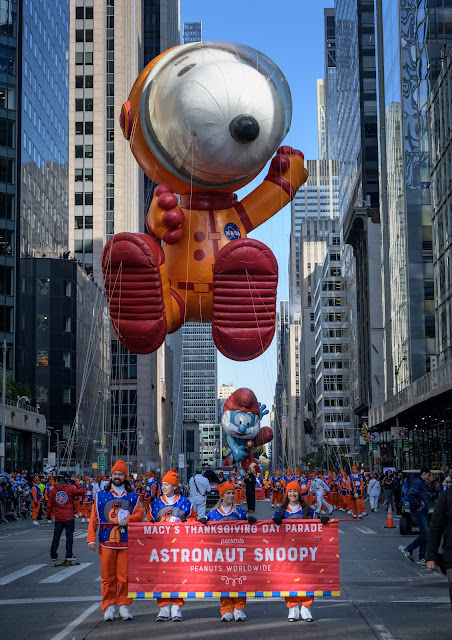Apollo to Artemis: NASA Returns to the Moon
On Saturday, Nov. 26, 2022, at 8:42 a.m EST (13:42 UTC), the Artemis I Orion spacecraft broke the record for farthest distance traveled by a spacecraft designed to carry humans to deep space and safely return them to Earth. This distance was previously held by the Apollo 13 spacecraft.
In this video, Apollo astronauts and flight directors give their insights into the Apollo program, the nation’s reaction then, and how the Artemis program will benefit the nation today. As we go back to the Moon, Artemis will prepare us to travel even deeper into space.
Credits: National Aeronautics and Space Administration (NASA)
Producer: Amy Leinart & Sami Aziz
Duration: 3 minutes, 19 seconds
Release Date: Nov. 26, 2022
#NASA #ESA #Space #Earth #Moon #Apollo #Apollo13 #History #Artemis #ArtemisI #Orion #Spacecraft #DeepSpace #MoonToMars #Science #Engineering #Technology #Exploration #HumanSpaceflight #SolarSystem #UnitedStates #Europe #International #STEM #Education #HD #Video










.jpg)








.jpg)